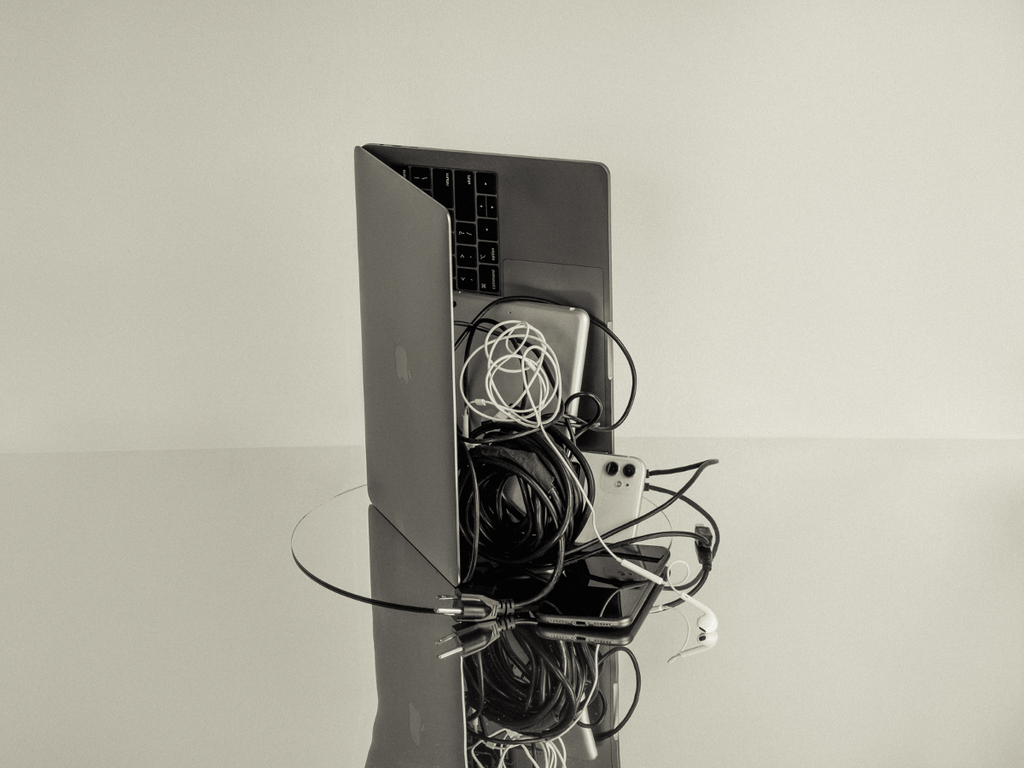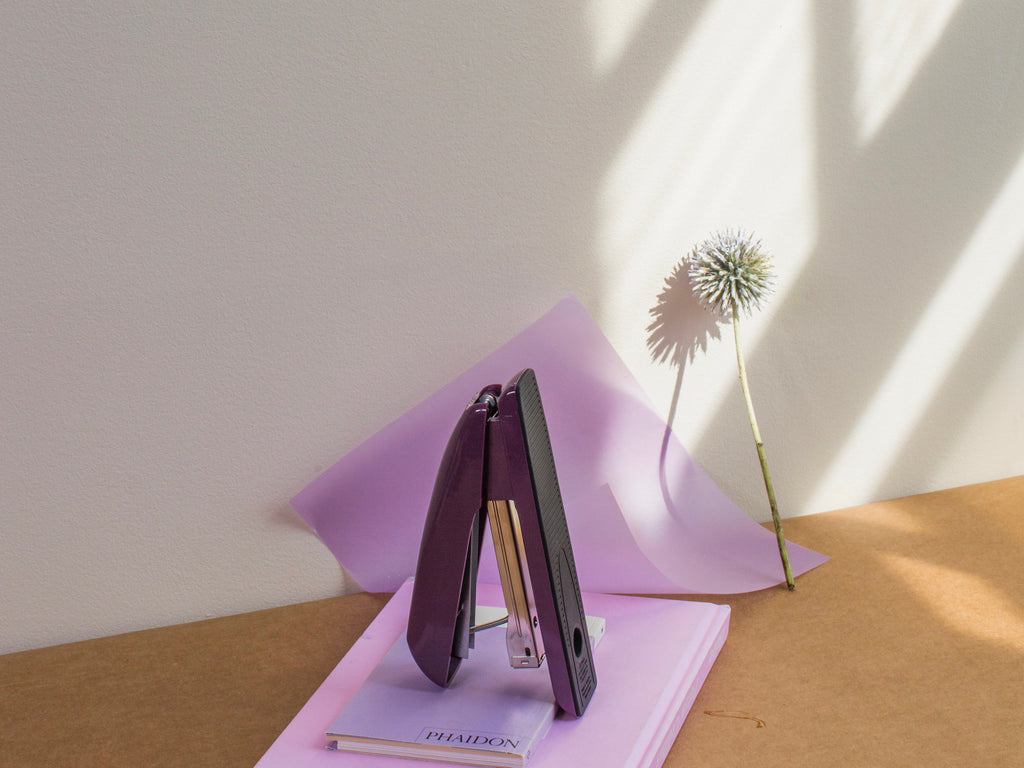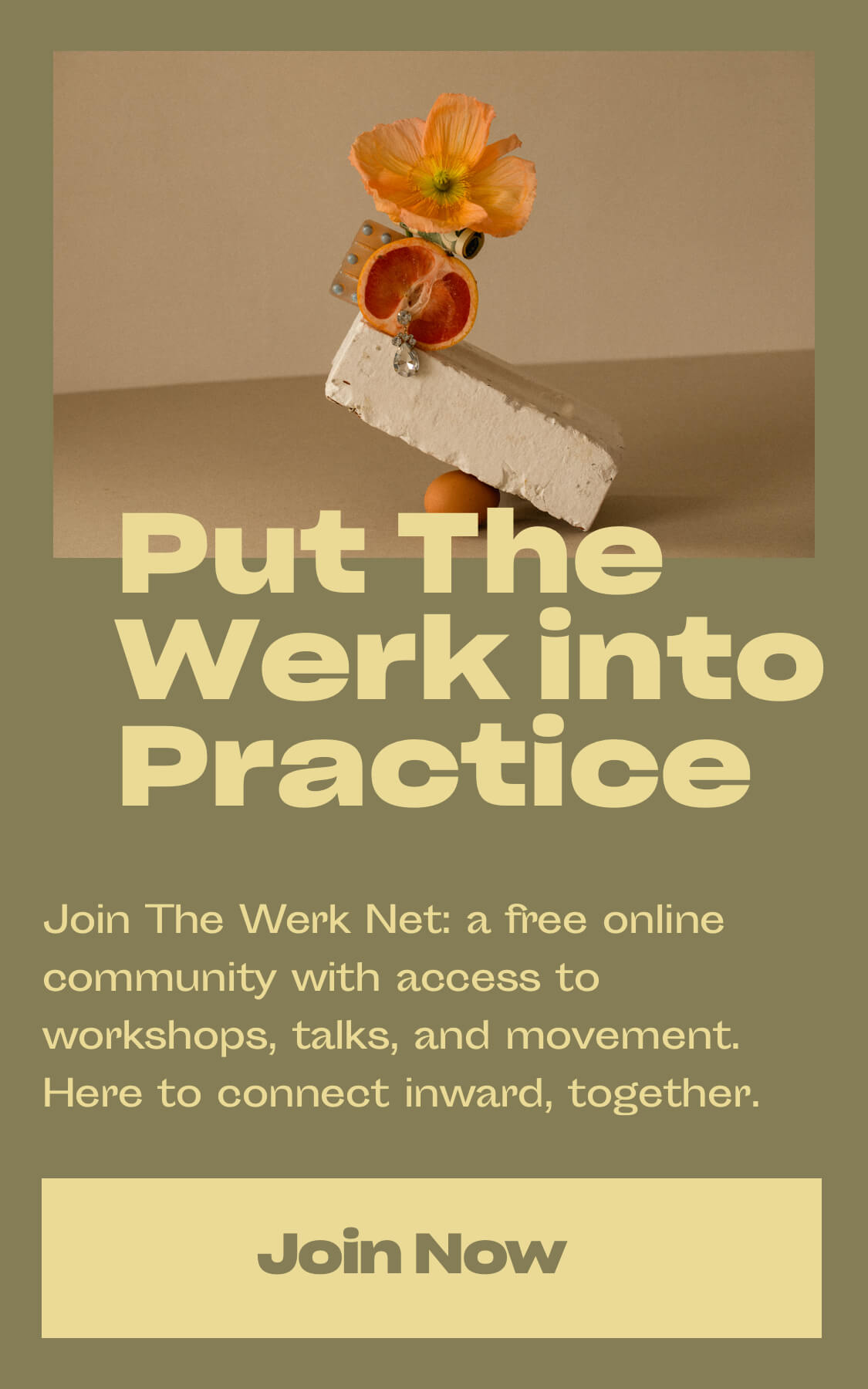Setting Boundaries at Work: A Quick How-To Guide
Rule number one: go with your gut.
If a boundary is “the line that marks the limits of an area,” then how do we define that area in terms of the workplace? There are both literal and figurative answers to this question; you can physically define your workspace with a desk and dividing lines, but you also have to voice your other limits, too — like when you decide to unplug for the night, how much travel you can commit to, and what sort of emotional labor you will (and won’t) do in the service of coworkers. Luckily, the root of your rules-to-live-by should be relatively simple: in the words of psychologist and Vancouver Brain Lab founder Hiroko Demichelis, just go with your gut.
“Boundaries are most of all a somatic experience, a gut perception, a non-negotiable call that the body makes,” she says. “They are vital, like protecting one's own garden from predators: salty water invaders, vandals. [Boundaries] are the source of vitality, joyful living, and long-term, sustainable achievements.”
“Boundaries are most of all a somatic experience, a gut perception, a non-negotiable call that the body makes”
So, boundaries are intrinsically valuable, but acknowledging the value of a thing does not make that thing immune to change. Rather, we must regularly assess and reassess boundaries in the context of our lived experience. Something that feels healthy right now, for example, might not be entirely appropriate three months from now — and that’s ok. There is no fixed end point. We are all human, imperfect, and prone to changing our mind — and the boundaries we create are no exception.
Demichelis takes this idea one step further: instead of checking in with yourself from time to time, consider being constantly in touch with how you feel, and adjust accordingly: “The first step is always grounding oneself,” she says. “No matter where we are, who we are with, at any time we can take a moment, a second, to sense our feet: the sensation of rooting under them, the feeling of socks, shoes, our body and our clothing, our head, and the space above the head.”
So, in order to create accurate boundaries, we must first have an acute sense of self. Ask yourself: what questions or requests might I encounter in a work environment? How would I respond to each? And then, what follows is fairly obvious: talking about boundaries inevitably means talking about what happens when they are breached.
"How does it feel? How is it feeling in the gut? If the feeling is constriction, discomfort, nausea, fear, or disgust, then we have an indication that boundaries are breached”
“Think of an imaginary-yarn-field around us,” Demichelis says. “Let's say that we have been offered a new task at work. We don't know if we should accept it, and if doing so is respectful of our boundaries. So: if we accept this task, imagine that the task is entering the field of yarn. How does it feel? How is it feeling in the gut? If the feeling is constriction, discomfort, nausea, fear, or disgust, then we have an indication that boundaries are breached.”
And if your boundaries are offensive to someone? Take it with a grain of salt — you’re likely doing them a favor in the long run. “If they feel superficially offended, the truth is we are teaching them something. When we step into this new, somatic paradigm of boundaries, the ‘non-offending’ is not the goal any longer, but rather the goal is self-regulation and self-liberation. When we choose to do so, in truth we start inspiring others to do the same.”
This post is tagged as:
You may also like...
The Latest
People & Places
How Ara Katz is Redefining “Self-Care” as Rooted in Science with Seed
The co-founder, mother, and self-proclaimed serial entrepreneur unpacks her philosophy on what it means to be well. Ara Katz hates the word “success”. Not because of its listed definition in a di...

Do Good Werk
9 Passive-Aggressive Email Phrases That Are Basically Evil
A Rosetta Stone for every time you want to :’).

Woo Woo
Get to Know Your Astrological Birth Chart
How to find meaning in the stars — and what it means for you.

People & Places
The 5 Best Places In New York To Meet Your Next Investor
Where to rub shoulders with the city's movers and shakers.

Do Good Werk
10 Unhealthy Thoughts You Convince Yourself Are True as a Freelancer
If you work alone, you might be particularly susceptible to distorted thoughts that hurt your mental health.

People & Places
Creating a Conference-Meets-Summer-Camp for Adult Creatives
An interview with Likeminds founders Rachael Yaeger and Zach Pollakoff This past September, I sat in front of an obituary I wrote for myself after a session with a death doula. No, I didn’t know w...

People & Places
When Something Golde Stays: An Interview with Golde’s Co-CEOs
“For us it was never a question,” says Issey Kobori, speaking of the decision to build a business with his partner Trinity Mouzon Wofford. At just shy of 27, Kobori and Wofford have secured a host ...

Better Yourself
Are They Toxic? Or Are They Human?
There’s a difference between putting up boundaries and putting up walls, and the latter is what breaks relationships.

Do Good Werk
How To Combat Seasonal Affective Disorder At Work
Here’s what to do if seasonal affective disorder starts to take a toll at the office.

People & Places
Reclaiming Womxn's Wellness Spaces from a White-Dominated World
How The Villij built a collective that their community can connect to.









